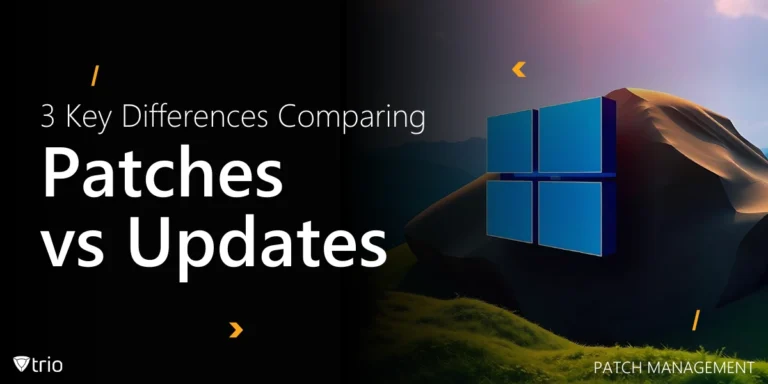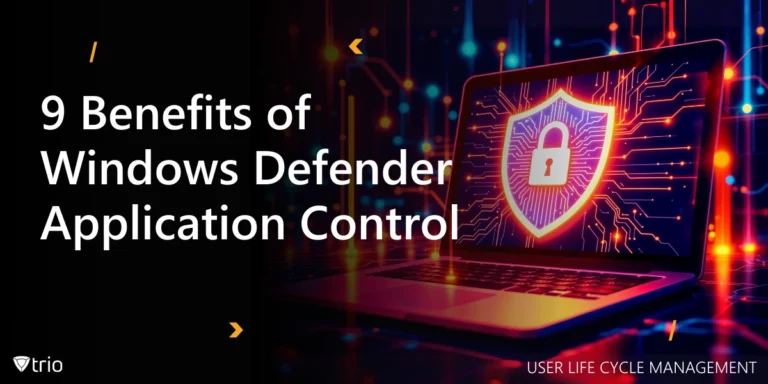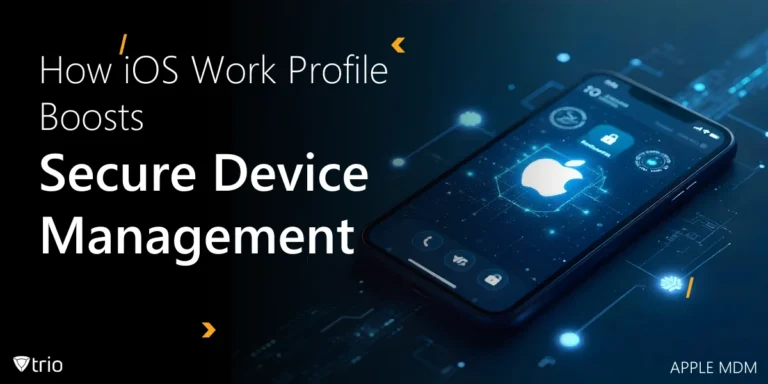In today’s digital age, where cyber threats loom large, the term “security patch” holds significant weight. These patches aren’t just lines of code; they’re vital shields against the ever-evolving strategies of cyber attackers. In this guide, we’ll dive deep into the world of security patches, uncovering their importance, exploring their diverse forms, and highlighting their critical role in fortifying our digital realm.
What Is a Security Patch?
A security patch is a piece of code designed to fix vulnerabilities or weaknesses in a software program or system. These vulnerabilities could potentially be exploited by attackers to gain unauthorized access, steal data, or cause other types of harm. Security patches are part of a larger IT risk management strategy that companies implement. The Cybersecurity & Infrastructure Security Agency (CISA) provides tips for managing software and patches safely.
Security patches are released by software developers or vendors in response to identified security issues, and they are meant to update and strengthen the security of the software or system. Users are advised to promptly install security patches to ensure that their software and systems are protected against known security threats. Here are some examples of security patches:
- Operating System Patches: Companies like Microsoft, Apple, and Linux distributions regularly release security patches to address vulnerabilities in their operating systems such as Windows, macOS, and various Linux distributions.
- Web Browser Patches: Browsers like Google Chrome, Mozilla Firefox, and Microsoft Edge frequently release updates to fix security vulnerabilities that could be exploited by malicious websites.
- Software Application Patches: Many software applications, such as Adobe Acrobat, Microsoft Office, and various productivity tools, release security patches to address vulnerabilities that could be exploited when using these applications.
- Firmware Updates: Devices like routers, modems, and IoT devices often receive firmware updates to patch security vulnerabilities that could be exploited by attackers to gain unauthorized access to the device or the network it’s connected to.
- Database Software Patches: Database management systems like MySQL, PostgreSQL, and Microsoft SQL Server release patches to fix security vulnerabilities that could be exploited to gain unauthorized access to sensitive data stored in databases.

What Vulnerabilities Can Be Fixed With Patches?
Patches can address various types of vulnerabilities across different layers of technology. Some common categories of vulnerabilities that patches aim to mitigate include:
-
Software Vulnerabilities
These vulnerabilities arise from flaws or weaknesses in software applications, libraries, or frameworks. Patches for software vulnerabilities can address issues such as buffer overflows, input validation errors, insecure default configurations, and other programming errors that could be exploited by attackers.
-
Operating System Vulnerabilities
Operating systems like Windows, macOS, Linux, and mobile operating systems are complex software systems that can have vulnerabilities. Patches for operating system vulnerabilities often address issues such as privilege escalation, remote code execution, authentication bypass, and kernel vulnerabilities. Apple security patches and Android security patches that are often rolled out on user devices are prime examples.
-
Web Application Vulnerabilities
Web applications are susceptible to various vulnerabilities that can be exploited by attackers to compromise data or gain unauthorized access. Patches for web application vulnerabilities may fix issues such as SQL injection, cross-site scripting (XSS), cross-site request forgery (CSRF), and insecure direct object references.
-
Network Vulnerabilities
Network devices, protocols, and services can have vulnerabilities that may be exploited to compromise network security. Patches for network vulnerabilities might address issues such as protocol weaknesses, Denial of Service (DoS) vulnerabilities, and vulnerabilities in network infrastructure devices like routers, switches, and firewalls.
-
Firmware and Hardware Vulnerabilities
Firmware and hardware vulnerabilities can pose significant security risks, as they can be difficult to patch and may require firmware updates or hardware replacements. Patches for firmware and hardware vulnerabilities might address issues such as firmware exploits, hardware vulnerabilities, and vulnerabilities in IoT devices.
-
Configuration Vulnerabilities
Misconfigurations in software, systems, or networks can create security vulnerabilities that may be exploited by attackers. Patches for configuration vulnerabilities may involve updates to default settings, access controls, encryption protocols, and other configuration parameters to mitigate security risks.
How Trio Can Help
Mobile Device Management (MDM) solutions play a crucial role in managing and securing mobile devices within an organization. Trio is an MDM solution that allows administrators to centrally manage and deploy security patches across all enrolled devices. This ensures that all devices receive timely updates to address known vulnerabilities, reducing the risk of exploitation by attackers.
Trio also allows administrators to enforce policies related to patch management, such as requiring devices to be up to date with the latest security patches before connecting to corporate networks or accessing sensitive data. Policy enforcement helps maintain a consistent security posture across the organization’s mobile device fleet. Trio can also integrate with security patch software and other third parties. Check out Trio’s free demo to see how patch management can be automated easily in your organization.
See Trio in Action: Get Your Free Trial Now!
Conclusion
In the dynamic arena of cybersecurity, proactive defense is paramount. As we’ve seen, security patching acts as a frontline protector against an array of vulnerabilities lurking in our software, systems, and networks. From bolstering operating systems to safeguarding web applications and network infrastructure, deploying patches promptly is essential for maintaining a robust security posture. By embracing proactive patch management and remaining vigilant against emerging threats, organizations can fortify their defenses and navigate the digital landscape with confidence and resilience.




